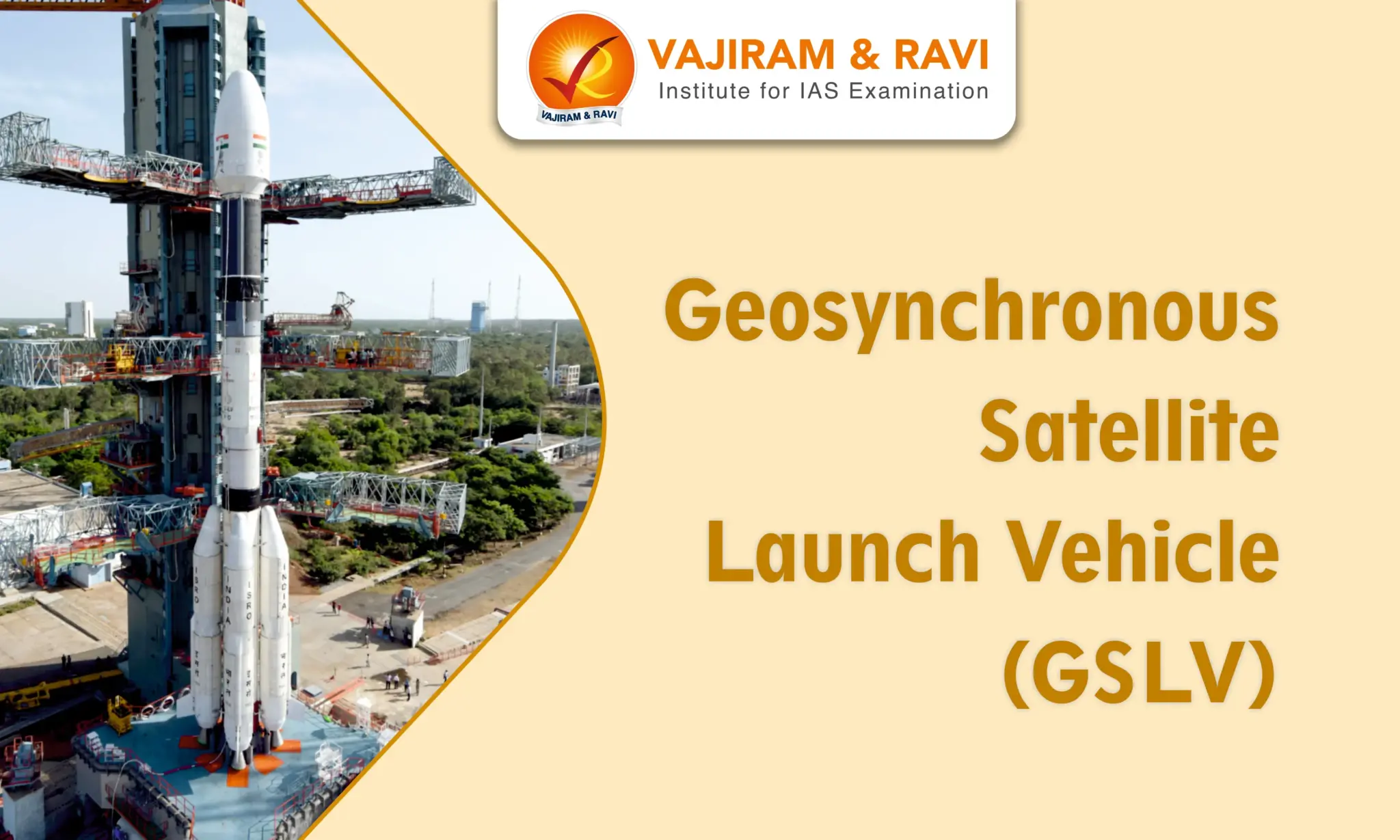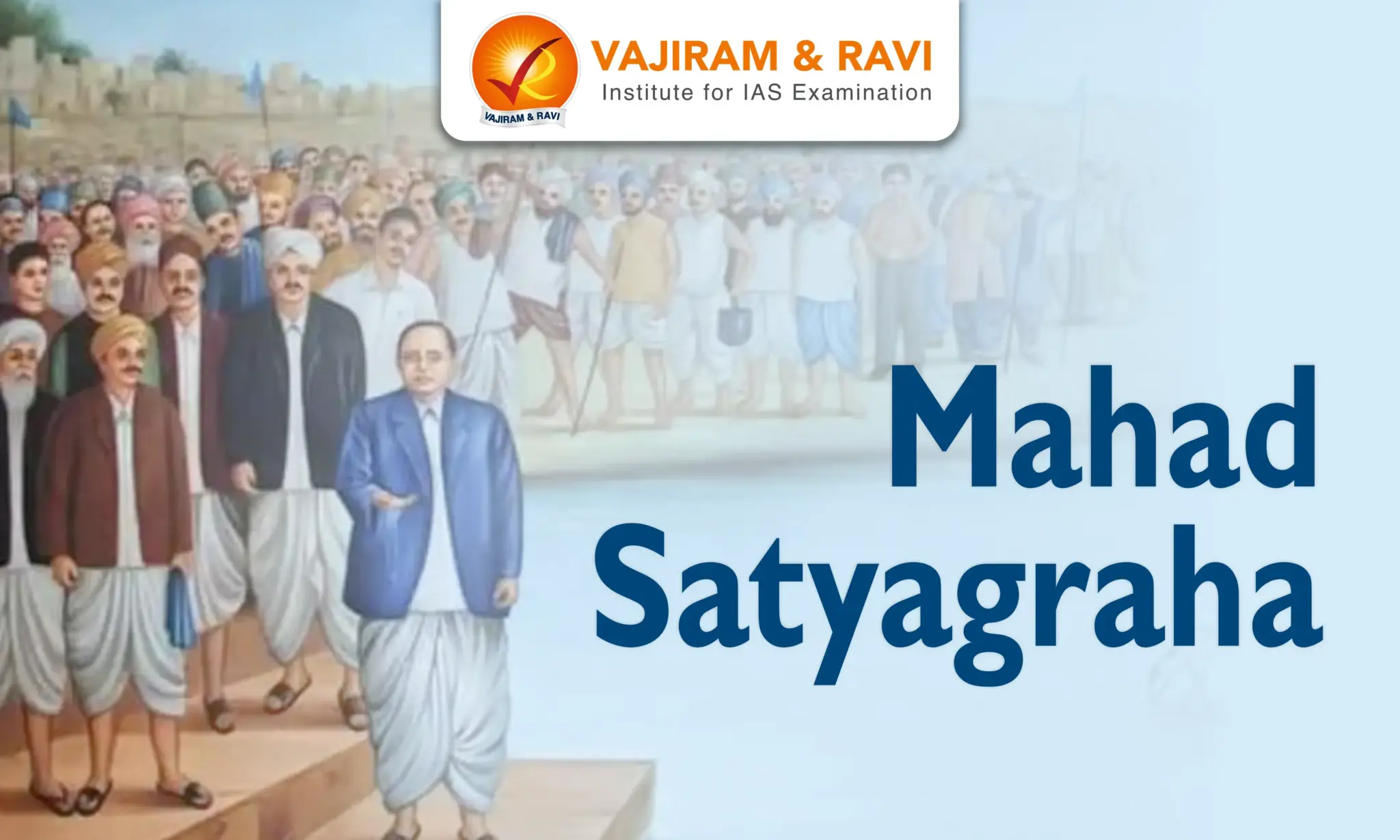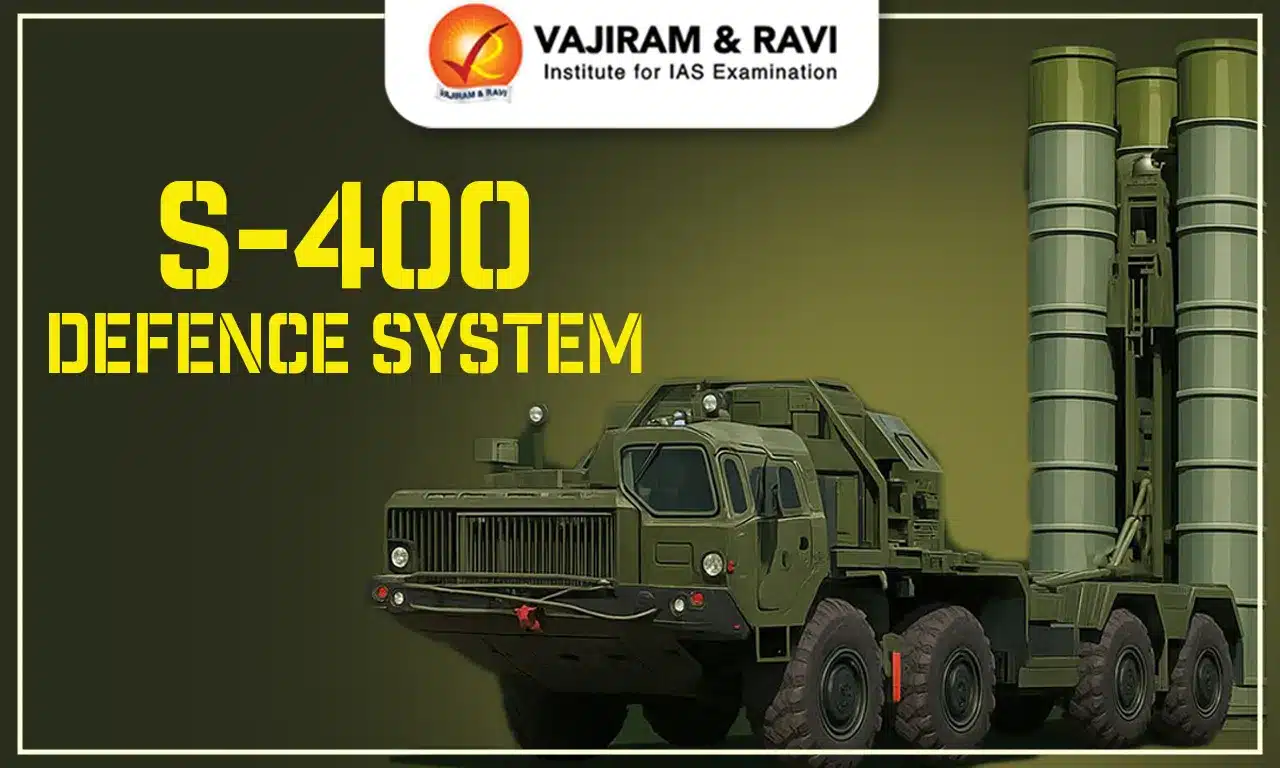The Geosynchronous Satellite Launch Vehicle (GSLV) was envisioned and developed by the Indian Space Research Organisation in the 1990s to establish India's strategic self-reliance in launching heavy communication and meteorological satellites to high orbits.
Despite significant challenges in mastering cryogenic technology, the recent flights since 2017 have now demonstrated the vehicle's reliability, maturity, and strategic implications for the country across domains. The GSLV stands today as a fitting symbol of indigenous technological capabilities.
About GSLV
GSLV is a fourth-generation launch vehicle designed to place communication satellites in geostationary transfer orbit using a cryogenic third stage. Cryogenic engines consist of liquid hydrogen and liquid oxygen — which provide far greater thrust than the engines used in the older launch vehicles. It was used for launching Chandrayaan-2.
History of GSLV
- The PSLV, operational since 1993, did not have sufficient payload capacity to place satellites in geosynchronous transfer orbit.
- Realizing the strategic imperative for sovereign satellite launch capability, the ISRO initiated the GSLV development in 1990 to achieve self-reliance in launching heavy INSAT satellites essential for communication, meteorology, and other crucial national services.
- In 2000, the first experimental flight of GSLV carried GSAT-1 satellite but failed to deliver it to designated orbit due to the limitation of cryogenic stage performance.
- The first successful GSLV flight with an indigenous cryogenic upper stage only occurred in January 2014 when GSLV-D5 launched the GSAT-14 satellite.
- Since 2017, GSLV has achieved 6 straight successful developmental & operational flights, establishing reliability.
GSLV Description
The technical specifications of GSLV include:
| Basic details of GSLV | |
| Category | - Medium-liftlaunch vehicle |
| Launch History |
- GSLV Mk.I: April 18, 2001 - GSLV Mk.II: 15 April 2010 - GSLV Mk.II (With Indigenous Cryo Stage): January 5, 2014 |
| Size |
- Height: 49.13 m, 51.73 m (With Ogive PLF) - Diameter: 2.8 m - Lift Off Mass: 420 tonnes |
| Payload Capacity |
- GTO (Geosynchronous Transfer Orbits): 2,250 kg - SSO (Sun-Synchronous Orbits): 3,000 kg - LEO (Low Earth Orbits): 6,000 kg |
| Stages of GSLV | |
| Stages of GSLV | Use of Equipment and Fuel |
| First stage: Solid Stage |
- Solid rocket motor S139 (Augmented by 4 liquid strap-ons) - Fuel: HTPB (Hydroxyl-terminated polybutadiene) |
| Second stage: Liquid Stage |
- Vikas engine - Fuel: UH25 + N2O4 |
| Third stage: Cryogenic stage |
- Cryogenic Upper Stage Project (CE-7.5 Engine) - Fuel: LOX + LH2 |
Variants of GSLV
- GSLV Mk I
- The first generation GSLV with a payload capacity of carrying 2-2.5 ton satellites to Geosynchronous Transfer Orbit.
- It used the Russian-supplied cryogenic upper stage as it had early difficulty with mastering indigenous cryogenic technology.
- It conducted around 5 flights from 2001-2010, including suborbital tests, with the last launch in 2010.
- GSLV Mk II
- It is an enhanced variant with an indigenously developed cryogenic upper-stage engine and stage. It is capable of carrying payloads to GTO around the 2.5-ton class.
- The first successful launch occurred in 2014. By 2022, it had undertaken 4 flights but is yet to demonstrate a high flight rate with yearly launches
- GSLV Mk III
- The GSLV Mk III, also known as LVM-3, is the most advanced and powerful variant in the GSLV series, currently in service with a payload capacity of up to 4 tons to Geosynchronous Transfer Orbit (GTO).
Performance of GSLV
- The GSLV has launched various satellites, including communication satellites like INSAT and GSAT, as well as spacecraft from the NavIC and IDRSS series, into Geosynchronous Transfer Orbit (GTO)
- Notable missions include the launch of the South Asia Satellite in 2017, a satellite for military applications in 2018, and the Chandrayaan-2 moon mission in 2019.
| Variant | Launches | Successes | Failures |
| GSLV Mk. I (Retired) | 6 | 2 | 4 |
| GSLV Mk. II (Active) | 10 | 8 | 2 |
| Total (as of Feb 2024) | 16 | 10 | 6 |
Significance of GSLV
For India's civilian space program and related national interests in the economic, technological, and security domains, the successful development of GSLV is of great strategic importance:
- Strategic Autonomy: The GSLV program provides a reliable indigenous launch capability, ends dependency on foreign commercial launchers, ensures self-reliance, and fortifies India's space assets and infrastructure while securing the space program.
- Economic Benefits: It saves costs through launch self-reliance, enables space-based services for socio-economic growth, and facilitates commercial launches to generate revenue.
- Technology Demonstration: The GSLV stands as a symbol of India's mastery of complex cryogenic rocket technology, showcasing the country's indigenous scientific and technical prowess.
- Enabler of Progress: It enables rapid launches tailored to India's needs, expands the country's space program ambitions and capacities, and facilitates the exploration of new strategic domains such as human spaceflight.
- Strengthening Security: The GSLV enables India to launch dedicated military and intelligence satellites, enhancing surveillance, communication, early warning, and deterrence capabilities for national security through independent access to space.
GSLV UPSC PYQs
Question 1: With reference to India's satellite launch vehicles, consider the following statements:
- PSLVs launch satellites useful for Earth resources monitoring whereas GSLVs are designed mainly to launch communication satellites.
- Satellites launched by PSLV appear to remain permanently fixed in the same position in the sky, as viewed from a particular location on Earth.
- GSLV Mk III is a four-stage launch vehicle with the first and third stages using solid rocket motors, and the second and fourth stages using liquid rocket engines.
Which of the statements given above is/are correct? (UPSC Prelims 2018)
- 1 only
- 2 and 3
- 1 and 2
- 3 only
Answer: (a)
Last updated on November, 2025
→ Check out the latest UPSC Syllabus 2026 here.
→ Join Vajiram & Ravi’s Interview Guidance Programme for expert help to crack your final UPSC stage.
→ UPSC Mains Result 2025 is now out.
→ UPSC Notification 2026 is scheduled to be released on January 14, 2026.
→ UPSC Calendar 2026 is released on 15th May, 2025.
→ The UPSC Vacancy 2025 were released 1129, out of which 979 were for UPSC CSE and remaining 150 are for UPSC IFoS.
→ UPSC Prelims 2026 will be conducted on 24th May, 2026 & UPSC Mains 2026 will be conducted on 21st August 2026.
→ The UPSC Selection Process is of 3 stages-Prelims, Mains and Interview.
→ UPSC Result 2024 is released with latest UPSC Marksheet 2024. Check Now!
→ UPSC Prelims Result 2025 is out now for the CSE held on 25 May 2025.
→ UPSC Toppers List 2024 is released now. Shakti Dubey is UPSC AIR 1 2024 Topper.
→ UPSC Prelims Question Paper 2025 and Unofficial Prelims Answer Key 2025 are available now.
→ UPSC Mains Question Paper 2025 is out for Essay, GS 1, 2, 3 & GS 4.
→ UPSC Mains Indian Language Question Paper 2025 is now out.
→ UPSC Mains Optional Question Paper 2025 is now out.
→ Also check Best IAS Coaching in Delhi
GSLV FAQs
Q1. What is the full form of GSLV?+
Q2. What is PSLV and GSLV?+
Q3. Why is GSLV called the naughty boy of ISRO?+

















